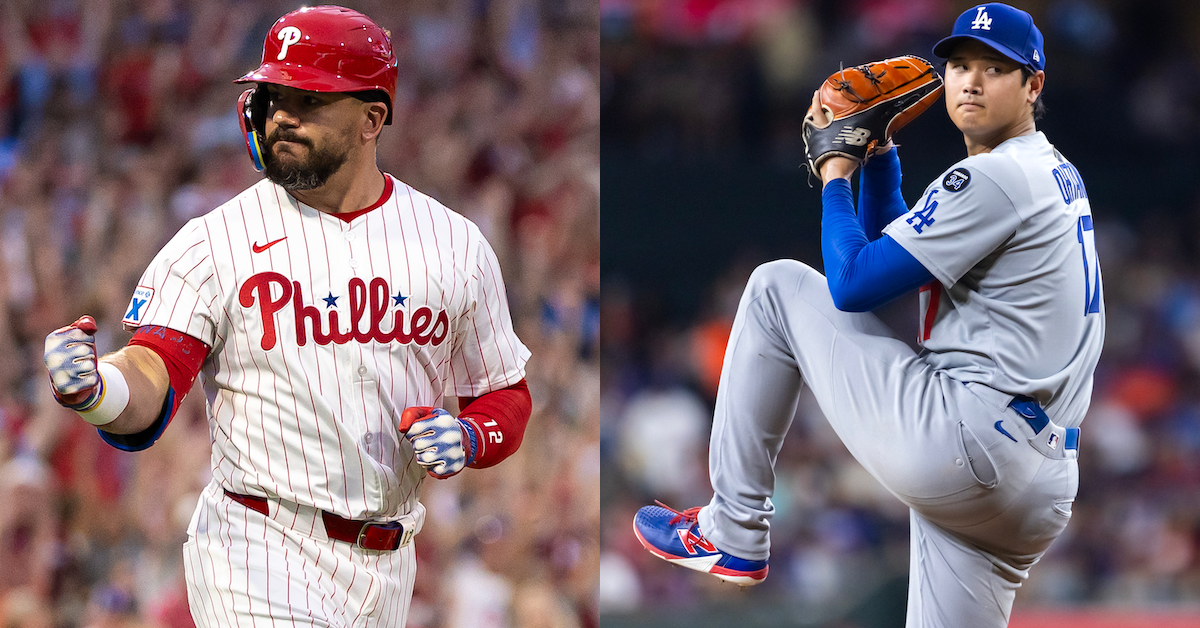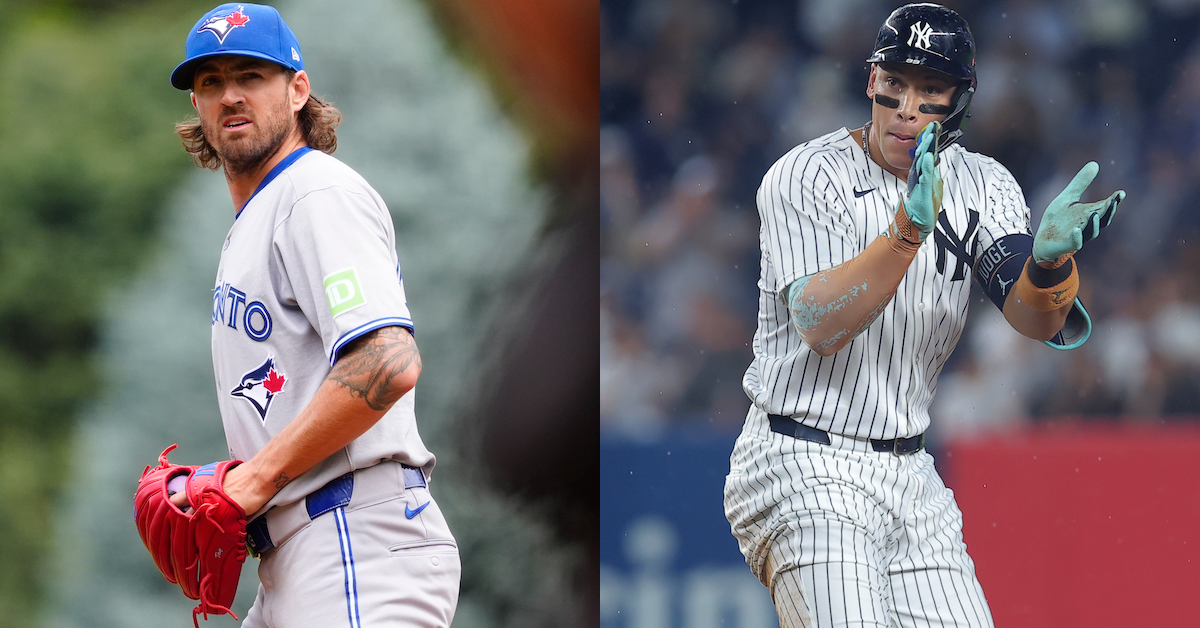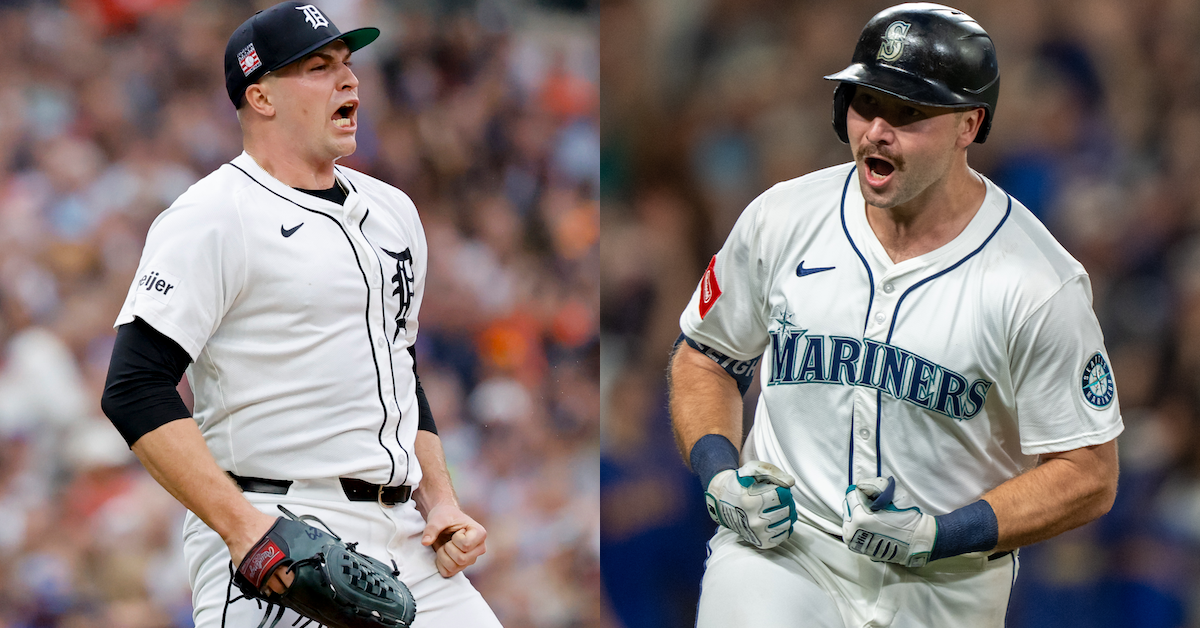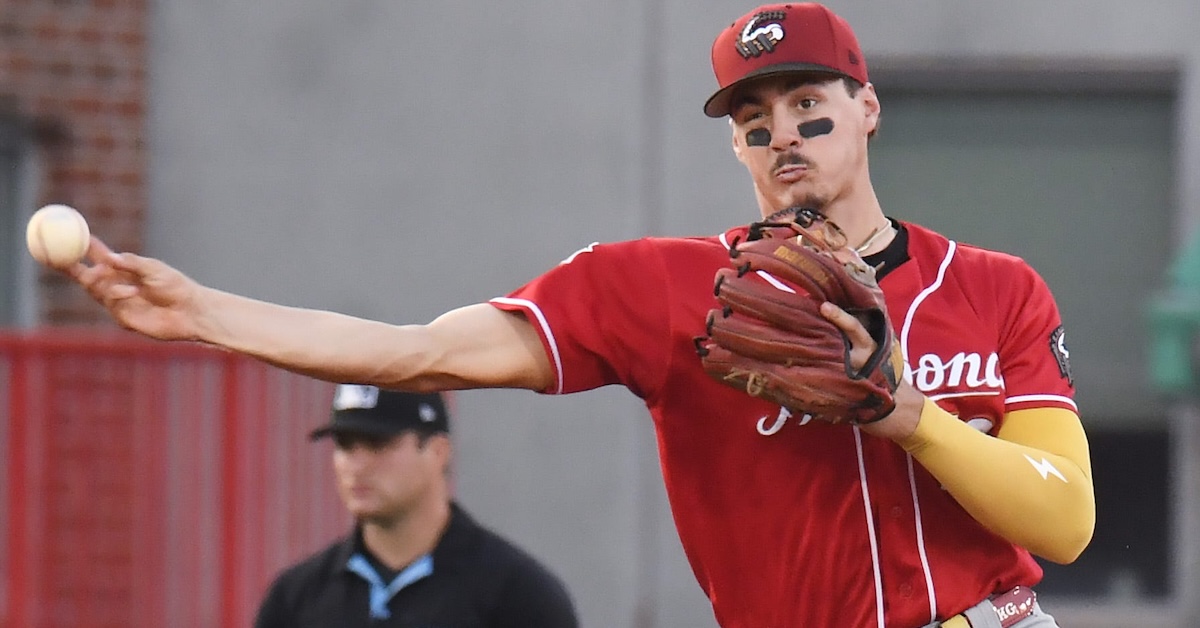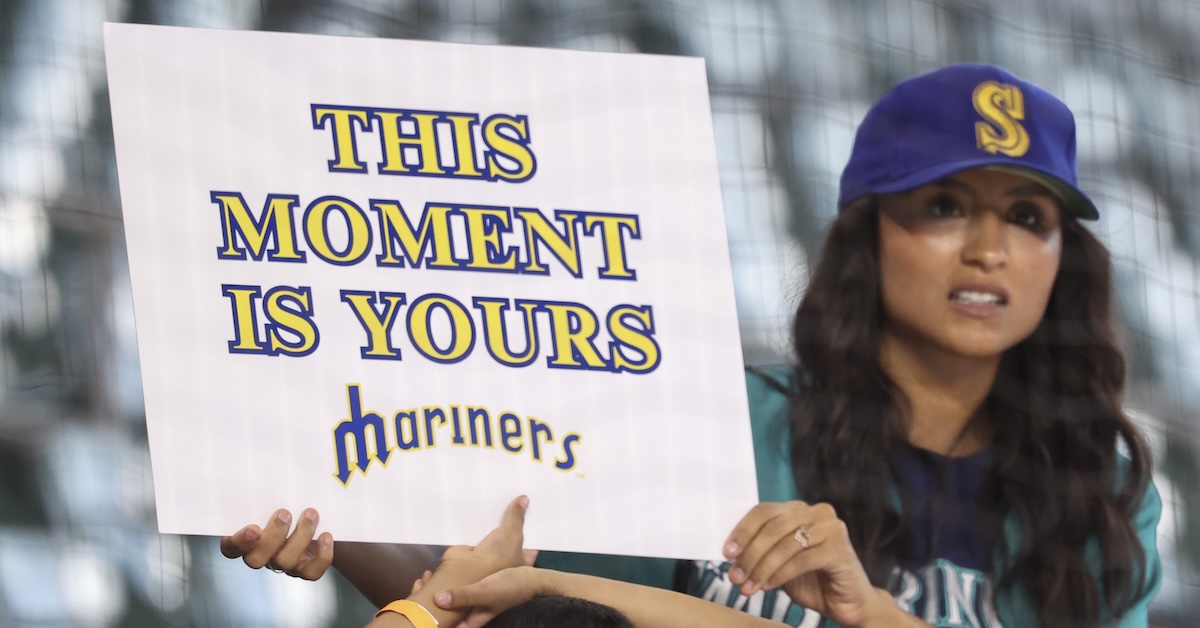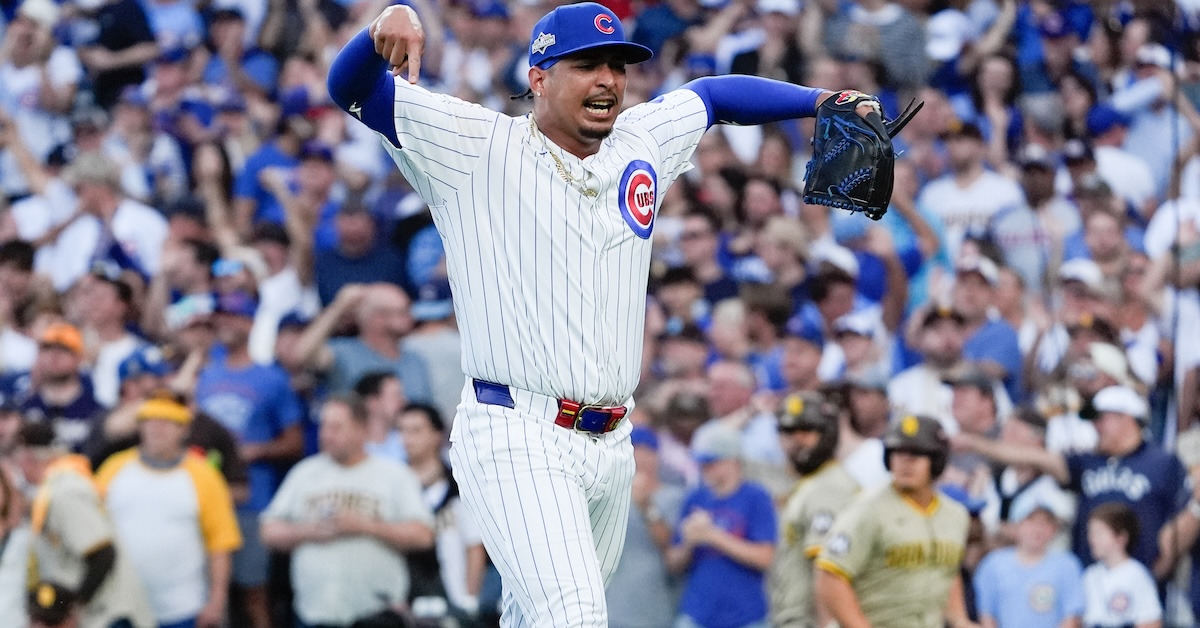Direct links to applications (please see job details below):
Baseball Operations Trainee
Baseball Analytics Trainee
Baseball Operations Trainee
Department: Baseball Operations – Front Office
FLSA Status: Full-Time, Hourly
Job Summary: Provide support to all members of the Baseball Operations Department in a wide range of both administrative and baseball-related tasks and projects.
This posting will be used to recruit both full-year and summer-start candidates.
Minimum Requirements
Education:
- Bachelor’s degree or pursuit of degree or equivalent experience in a quantitative and/or human science field such as statistics, mathematics, engineering, economics, exercise science or kinesiology, sport or developmental psychology, and/or human development preferred.
Skills:
- Independent judgment and ability to multitask is required to plan, prioritize, and organize diversified workload.
- Strong work ethic and willingness to work long, flexible hours including weekends and holidays.
- High level of attention to detail.
- Must be trustworthy and comfortable with managing sensitive information.
- High level of interpersonal skills and be able to effectively communicate with wide range of departments, seniority levels and personalities.
- Understanding of typical baseball data structures, plus knowledge of current baseball research and traditional baseball statistics and strategy.
- Demonstrated experience and proficiency with Microsoft Office Suite (e.g., Microsoft Word, Excel, and PowerPoint).
Other:
- Spoken and written fluency in English.
- Ability to travel within the United States and internationally.
- Willing to relocate. This position is based in Cincinnati, OH.
Desired Requirements
Experience
- Experience playing/working in college and/or professional baseball/softball preferred.
Skills
- Understanding of human physiology, skill acquisition, programming to facilitate both physical and mental performance adaptations, and both progressive and traditional Player Development philosophies.
- Demonstrated experience and proficiency with:
- Database querying (e.g., SQL) and statistical software (e.g., R, Python) preferred.
- BATS video system preferred.
- On-Field and Off-Field Physical- and Ball-Tracking Technologies (e.g., TrackMan, HawkEye, Edgertronic, VALD Suite) preferred.
- Creative tools (e.g., Canva, Adobe Creative Suite) preferred.
Primary Duties & Responsibilities
Research & Analysis – 40%
Perform qualitative and quantitative research and analysis in support of salary arbitration, roster management, player evaluation (professional, domestic, and international), player development (on- and off-field), first-year player draft, and trade deadline efforts.
Player Evaluation – 15%
Introductory level player evaluation, including scouting and writing reports on assignment.
Administrative – 40%
Assist in preparation of advance scouting documents and video for players and coaches during season.
Other – 5%
Other duties as assigned.
Reports To
Coordinator, Baseball Operations
Physical Requirements
- Ability to stand and walk for extended periods throughout the day.
- Ability to lift, carry, push, and pull up to 40 pounds (supplies, catering, etc.).
- Ability to bend, squat, reach, and climb stairs regularly in the course of daily duties.
- Comfortable working in varying conditions (heat, humidity, cold, outdoors, confined spaces like office/cubicles and locker rooms).
- Ability to handle repetitive tasks such as updating roster boards, watching video and games, workouts, etc.
- Sufficient hand-eye coordination and manual dexterity for tasks like computer work, note-taking, etc.
- Ability to remain on feet for long shifts and to work long and variable hours, including weekends and holidays.
Expectations:
- Adhere to Cincinnati Reds Organization Policies and Procedures.
- Act as a role model within and outside the Cincinnati Reds Organization.
- Perform duties as workload necessitates.
- Demonstrate flexible and efficient time management and ability to prioritize workload.
- Meet department productivity standards.
- Willingness to learn. Open to new methodologies.
Equal Opportunity Statement:
The Cincinnati Reds are an Equal Opportunity Employer. It is the policy of the Cincinnati Reds to ensure equal employment opportunity without discrimination or harassment on the basis of race, color, national origin, religion or creed, sex, age, military or veteran status, disability, citizenship status, marital status, genetic predisposition or carrier status, sexual orientation or any other characteristic protected by law.
Disclaimer:
The statements herein are intended to describe the general nature and level of work being performed by the employee in this position. The above description is only a summary of the typical functions of the job, not an exhaustive or comprehensive list of all possible job responsibilities, tasks, and duties. Additional duties, as assigned, may become part of the job function. The duties listed above is, therefore, a partial representation not intended to be an exhaustive list of all responsibilities, duties, and skills required of a person in this position.
To Apply
To apply, please follow this link.
Baseball Analytics Trainee
Department: Baseball Operations – Baseball Analytics
FLSA Status: Full-Time, Hourly
Job Summary: Assist Baseball Operations decision-making through the analysis of various sources of baseball information. The specific day-to-day responsibilities of this position will vary depending on current stakeholder needs and the baseball calendar, but will primarily involve analyzing various sources of baseball data.
Minimum Requirements
Education:
Bachelor’s degree or pursuit of degree or equivalent experience in a quantitative field that emphasizes technical and analytical problem-solving skills such as statistics, mathematics, engineering, and/or economics preferred.
Skills:
- Independent judgment and ability to multitask.
- Strong work ethic and willingness to work long, flexible hours including weekends and holidays.
- High level of attention to detail.
- Creative approach to problem solving
- High level of interpersonal skills to effectively communicate baseball analytic concepts with a wide range of departments, seniority levels, and personalities.
- Knowledge of current baseball research, data, and technology.
- Strong technical and statistical acumen.
- Passion for the game of baseball.
Other:
- Spoken and written fluency in English.
- Ability to travel within the United States and internationally.
- Willing to relocate to Cincinnati, OH during the summer/baseball season.
Desired Requirements
Experience
Specifically seeking diverse candidates who bring a unique perspective and thoughtful, creative problem solving.
Skills
- Understanding of advanced statistical techniques is strongly preferred
- Demonstrated experience and proficiency with Database querying (e.g., SQL) and statistical software (e.g., R, Python) is strongly preferred.
- Ability to learn other programming languages as needed.
Primary Duties & Responsibilities:
Research & Project Contribution – 90%
- Learn and communicate analytical products across departments.
- Build upon analytic initiatives by creating new statistical models, applications, and reports.
- Iterate on existing products and processes already established by the Baseball Analytics Department.
- Present analysis and research results to stakeholders with various levels of analytic knowledge.
- Conduct ad-hoc research projects when requested.
Player Evaluation – 5%
Introductory level player evaluation, including scouting and writing reports on assignment.
Other – 5%
Other duties as assigned.
Reports To:
- Assistant Director, Baseball Analytics OR Manager, Baseball Analytics
Physical Requirements:
- Ability to sit, stand, and walk for extended periods throughout the day.
- Ability to lift, carry, push, and pull up to 25 pounds (supplies, machinery, etc.).
- Ability to bend, squat, reach, and climb stairs regularly in the course of daily duties
- Comfortable working in varying conditions (heat, humidity, cold, outdoors, confined spaces like office/cubicles, and locker rooms). Work is primarily performed in a typical interior/office work environment.
- Ability to handle repetitive tasks at a computer.
- Sufficient hand-eye coordination and manual dexterity for tasks like computer work, note-taking, etc.
- Ability to work long shifts with long and variable hours, including weekends and holidays.
- Ability to drive and/or fly short and long distances, day or night in various conditions.
Expectations:
- Adhere to Cincinnati Reds Organization Policies and Procedures.
- Act as a role model within and outside the Cincinnati Reds Organization.
- Perform duties as workload necessitates.
- Demonstrate flexible and efficient time management and ability to prioritize workload.
- Meet department productivity standards.
- Willingness to learn. Open to new methodologies.
Equal Opportunity Statement:
The Cincinnati Reds are an Equal Opportunity Employer. It is the policy of the Cincinnati Reds to ensure equal employment opportunity without discrimination or harassment based on race, color, national origin, religion or creed, sex, age, military or veteran status, disability, citizenship status, marital status, genetic predisposition or carrier status, sexual orientation or any other characteristic protected by law.
Disclaimer:
The statements herein are intended to describe the general nature and level of work being performed by the employee in this position. The above description is only a summary of the typical functions of the job, not an exhaustive or comprehensive list of all possible job responsibilities, tasks, and duties. Additional duties, as assigned, may become part of the job function. The duties listed above is, therefore, a partial representation not intended to be an exhaustive list of all responsibilities, duties, and skills required of a person in this position.
To Apply
To apply, please follow this link.
The content in this posting was created and provided solely by the Cincinnati Reds.

![]() Sponsor Us on Patreon
Sponsor Us on Patreon![]() Give a Gift Subscription
Give a Gift Subscription![]() Email Us: podcast@fangraphs.com
Email Us: podcast@fangraphs.com![]() Effectively Wild Subreddit
Effectively Wild Subreddit![]() Effectively Wild Wiki
Effectively Wild Wiki![]() Apple Podcasts Feed
Apple Podcasts Feed ![]() Spotify Feed
Spotify Feed![]() YouTube Playlist
YouTube Playlist![]() Facebook Group
Facebook Group![]() Bluesky Account
Bluesky Account![]() Twitter Account
Twitter Account![]() Get Our Merch!
Get Our Merch!
